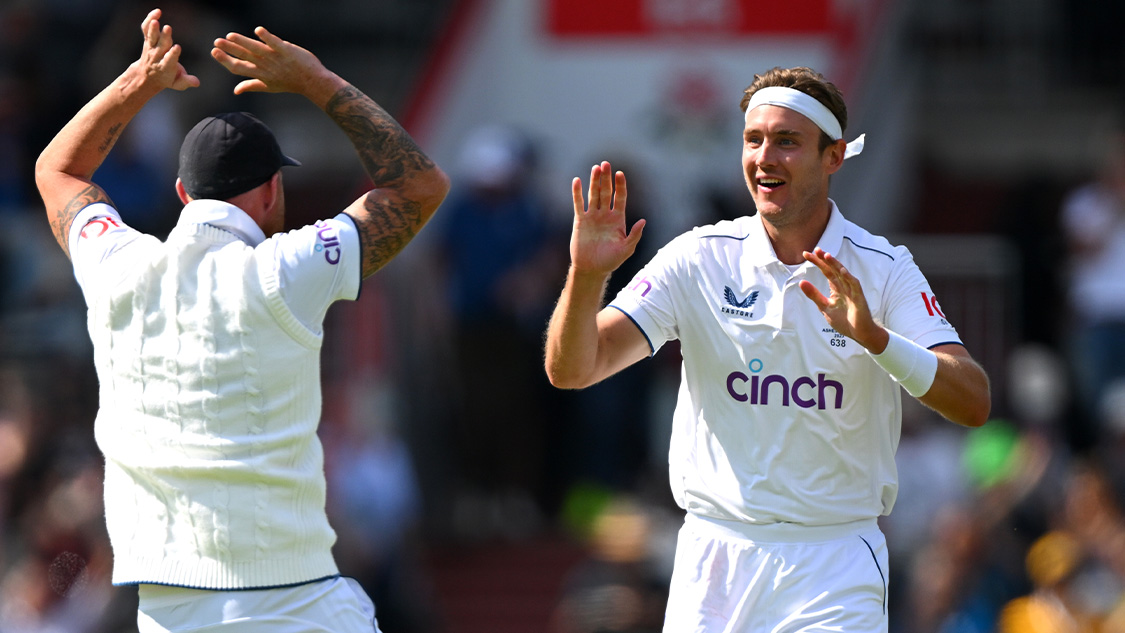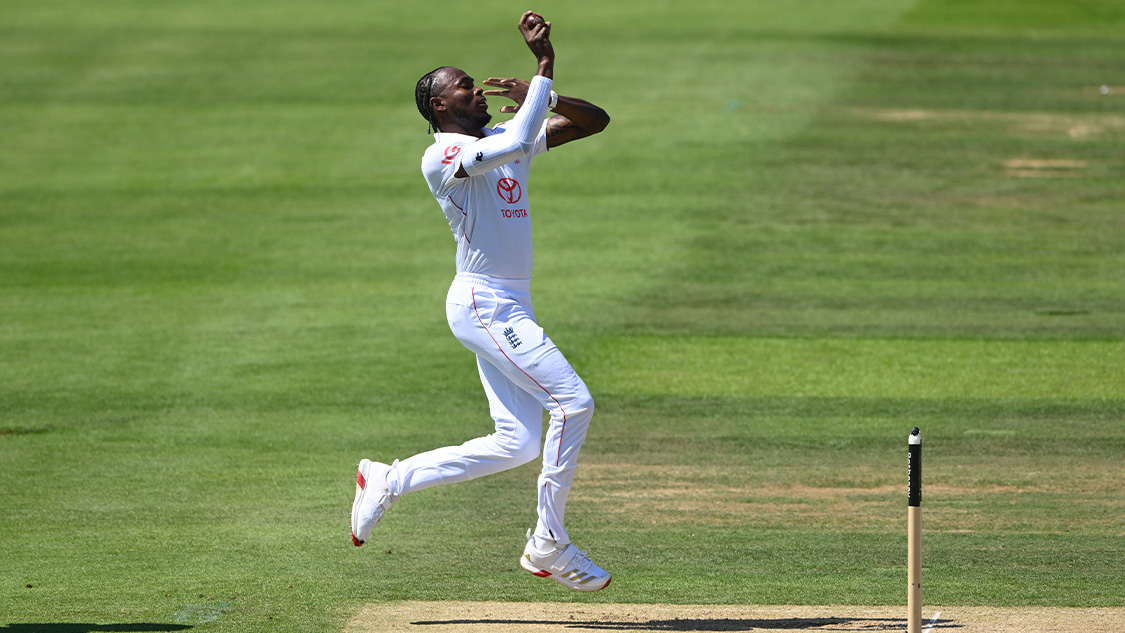Every athlete knows they should warm up, but not everyone understands why.
A proper warm-up primes your body for action: increasing blood flow, switching on muscles, and reducing the risk of injury. Skipping it can mean sluggish performance - or worse, an early end to your session.
PRIME THE ENGINE
England legend and 4CAST founder Stuart Broad has talked about how vital preparation was to his long career at the top.
"I was always big on routines before a day’s play," he said.
"Bowling puts a lot of strain on the body, and if you’re not properly warmed up, you’ll feel it straight away.
"For me it’s about gradually building the intensity - stretching, mobility, and then skills - so by the time I bowl that first ball, I’m game-ready."

ACTIVATE, DON’T ANAESTHETISE
Jofra Archer, another England bowler and 4CAST founder, has also been careful with how he protects his joints.
"When I’ve had issues with my elbow, I realised I couldn’t just throw myself into bowling," he explained.
"It was about finding the right drills to wake the body up and protect the areas that take the most stress. A warm-up isn’t wasted time, it’s part of the work."
WHAT THE EXPERTS SAY
"A modern warm-up is dynamic. Static stretching has its place, but before training you want to switch muscles on, not put them to sleep. Think high knees, hip openers, band walks, rotational lunges." - Dan Howells, strength and conditioning coach

STEP-BY-STEP WARM-UP FLOW
Follow this handy guide to get you ready for action:
1. Light cardio: two- to three-minute jog, cycle, or skipping
2. Dynamic mobility: leg swings, arm circles, hip openers
3. Activation: resistance band walks, glute bridges
4. Movement prep: sport-specific drills like shadow batting or ball drills
5. Gradual intensity build: short sprints, skill reps
READY TO PERFORM
The right warm-up doesn’t just stop injury, it sharpens focus. Treat it as part of your training, not an afterthought.















.png)







